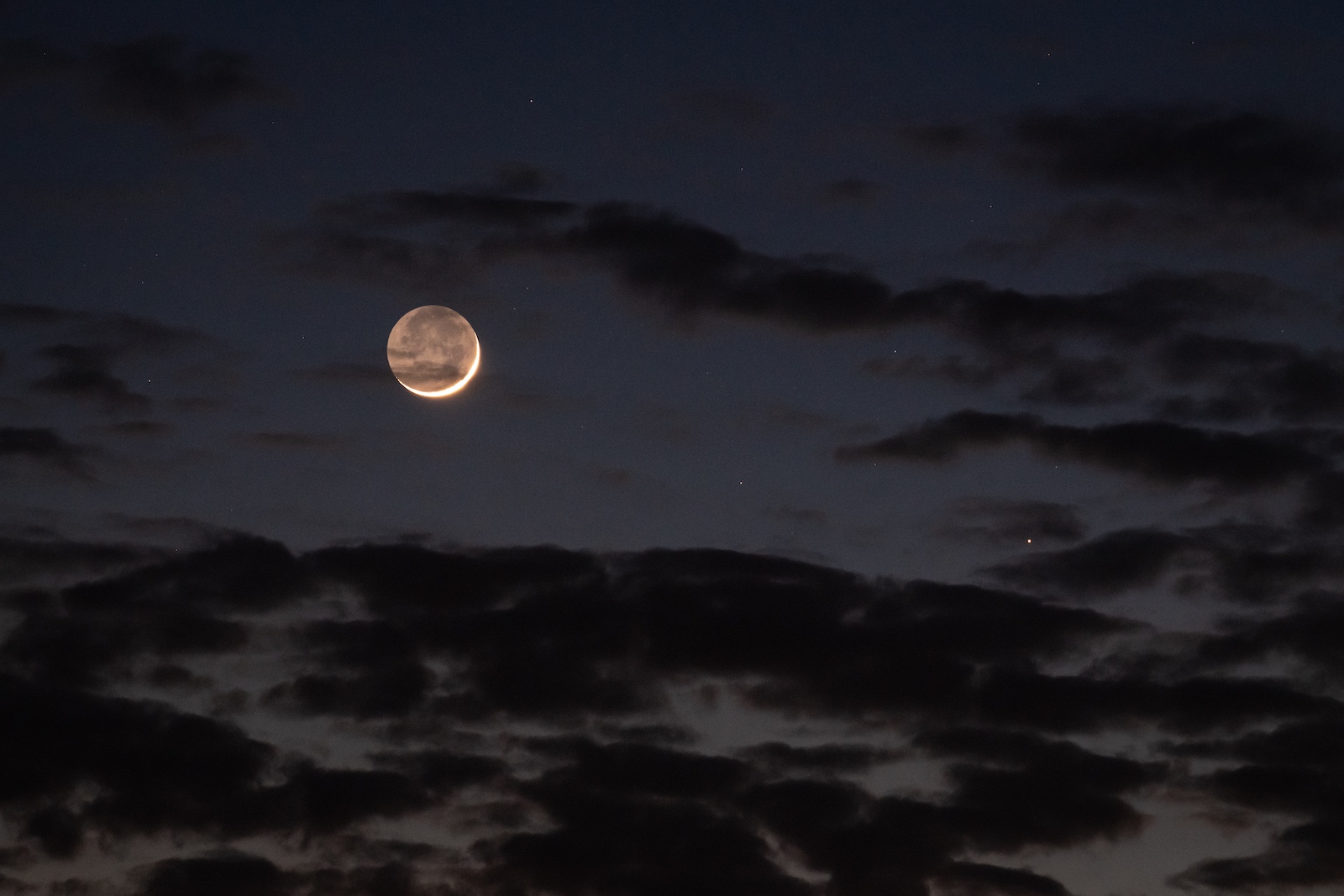
Photo Credit
Shutterstock
Subhead
And When Is the Next Black Moon?
More Like This
August 20, 2025 Perfect this year as I've just learned for harvesting pole wood and willow which are to be harvested after dormancy and only every couple of years. The tradition is to wait until the black moon. There are a few different kinds, but I think it means his year's which occurs every couple of years and is the fall of this year. It's not really possible to do some of this in December in my area, such as moving a blueberry bush or moving other plants in dormancy as the ground is frozen solid by then. This far north, August sounds perfect!
Going to get my bushes in shape for producing canes this year and looking forward to it.
Absolutely fascinating
excellent article
You left out the black moon for July 28 and July 29 2022 the 4th black moon of the year. Thank you.
This is very special to me as a Muslim. It coincides with the onset of the month of hajj, the pilgrimage to Makka to perform hajj. With the sighting of this moon, the first day of the month of hajj commences. Praise the Lord, Allahu Akbar!
One of the fishing methods frequently used by the old time native Floridians (I don’t think that most of the transplants know about it) is spear fishing for flounder. The technique consists of wading at night in the shallow water of bays, where there is not a lot of wave action, with a lantern and a spear. When you see a flounder dug into the sand on the bottom, you spear it. Flounder are very hard to see because the partially bury themselves in the sand and they change color to mach their surroundings. The only time that they cone close enough to shore where the water is shallow (less than knee deep) enough so that you can spot them is during the new moon. The new moon sets at about the same time as the sun so you have a low tide, which is lower than normal, just as it is getting dark. Two nights before, the night of and two nights after the new moon are the prime times to go flounder gigging.
Thank you for this inspiring story, Ron. One day, I hope to gig some flounder, myself.
Perhaps on one of these three black moons this year, I will finally get to go flounder gigging.
I'm fine with Moon names from folklore, like Blue Moon or Black Moon. It's a quick way to refer to a more complex astronomical term. Sure, the media catches on, creating hype, but it does make astronomy more relatable. And supermoons have real effects from tides to people.
Nothing to see here. Moving on...
See ya on the flipside, Paula!
- « Previous
- 1
- 2
- …
- 10
- Next »











Comments